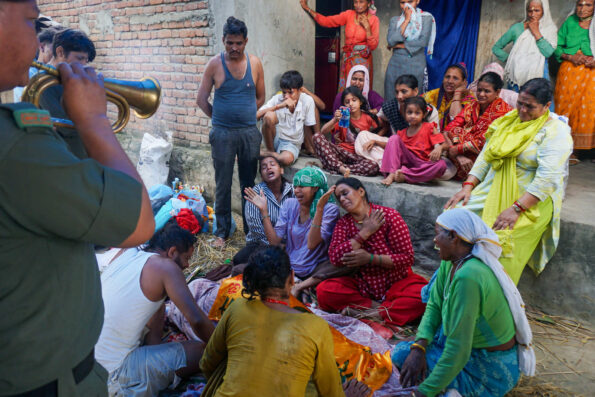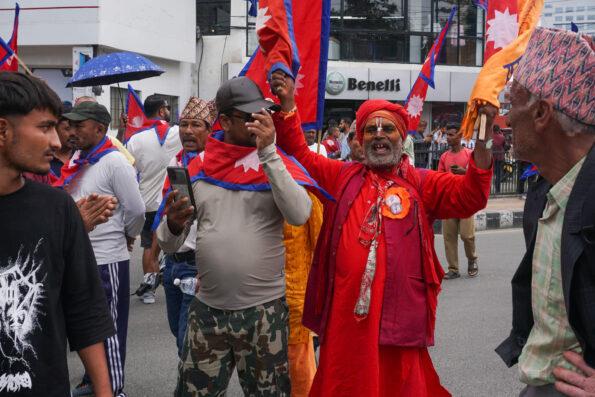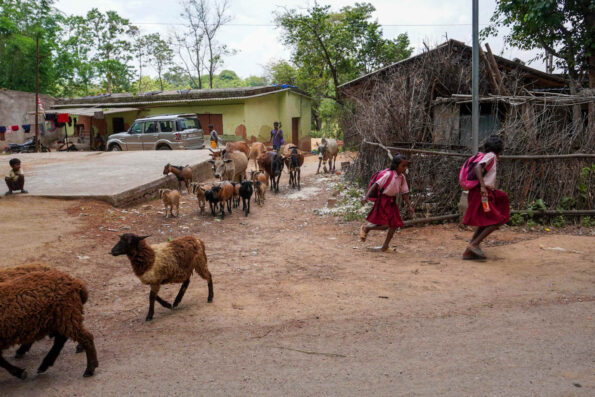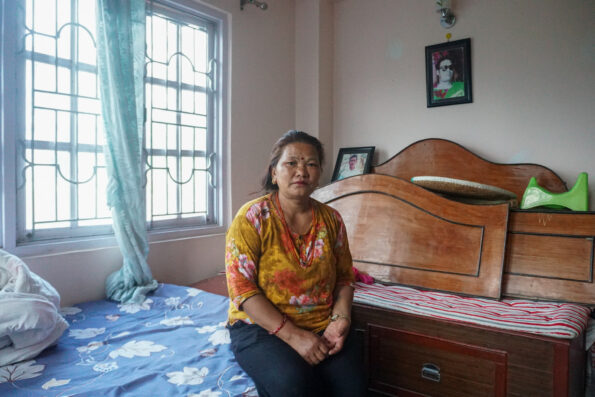
Brenda Leticia Saloj Chiyal, GPJ Guatemala
Adriana González, 18, is the only woman working as a taxi driver in the village of Chaquijyá in the Sololá department in southwestern Guatemala. González says she became a driver to secure income for her family and fulfill her dream of being a female leader.
CHAQUIJYÁ, GUATEMALA – Adriana González has earned celebrity status in her community for being a woman who routinely sits in the front of a taxi – she’s the village’s only woman driver.
As such, González has become a role model for her neighbors, as well as a teacher to those who are curious about her profession. By making a living for herself in an industry typically dominated by men, González, 18, is also breaking through some of the obstacles for Guatemalan women.
According to the United Nations Development Programme’s 2016 Human Development Report, Guatemala’s Gender Inequality Index in 2015 was 0.49, which ranked the country 113 out of the 159 surveyed. The report also lists Guatemala’s labor force participation rate for women 15 and older at 41.3 percent in 2015, compared to 83.6 percent for men 15 and older.
“This personal plan started with my vision and dreams of being a female leader … of, in some way, seeing other sources of income for my family,” González says.
González rises around 5:30 a.m. to begin a day that may not end until 7:30 p.m. Depending on variables such as the weather, she will make as many as 18 trips or fewer than 10, all for 150 to 250 Guatemalan quetzals ($20 to $33) per day. Loyal customers often call her at dawn for a trip or in an emergency.
When González first started driving a year ago, she found herself in a bit of a spotlight. People were surprised – and some a bit galled – by the idea of a woman doing something so out of the norm. It took about three months for her nerves to subside. But now, González is uplifted by community support, she says.
“Over these last years, women have become more known and independent,” says Antonio Gómez, a 24-year-old resident of the village. González “is a clear example; she contributes to the family income.”
Eduardo Saloj, 25, a member of the Community Councils of Urban and Rural Development (Consejos Comunitarios de Desarrollo Urbano y Rural), says the whole community is satisfied with González’s service. He describes her as “famous at the village level.”
González “is an example of equality, since women and men are equal, and we can progress in our society by following our dreams and desires,” Saloj says. “With more participation from women and men, we will have a more equal society, and we can make better decisions.”
He points to another woman contributing to the community as an example.
“In our village in 2016, the community mayor, Doña Inés Saloj Saloj, demonstrated that she can hold the position, and the community is grateful to her,” Saloj says.
One of González’s regular passengers appreciates that González has the job she does.
“I always travel with her, because she is a woman,” says Amalia Chiyal, 42, explaining that she feels safer in González’s taxi because her driver is a woman, and because González drives more carefully than men.
As for González, she hopes to continue to be an example for other young people — and for women.
“I want to do something different in my community, so that people realize that women are valuable and we can also integrate into society without any difficulty,” she says.
Sometimes, though, the driver has another woman joining her up front: her friend Paola Vicente, who has known González since the friends’ years together in school.
“While I’m with Adriana, we talk about many things: about adolescence, we laugh, we remember study times,” Vicente, 18, says.
While Vicente says she doesn’t dream of becoming a taxi driver, she admires her friend for what she does for the community. When González is driving, Vicente asks questions about the taxi’s buttons and functions — just like González did when her brother was teaching her how to drive.
Now, González is ready to pass on her knowledge.
When asked if she would be willing to teach any women who want to learn to drive, González smiles.
“I can teach everyone who asks me for help,” she says.
Eduardo Saloj, Inés Saloj Saloj, Amalia Chiyal, and Brenda Leticia Saloj Chiyal, GPJ, are not related.
Rishi Khalsa, GPJ, translated this article from Spanish.







